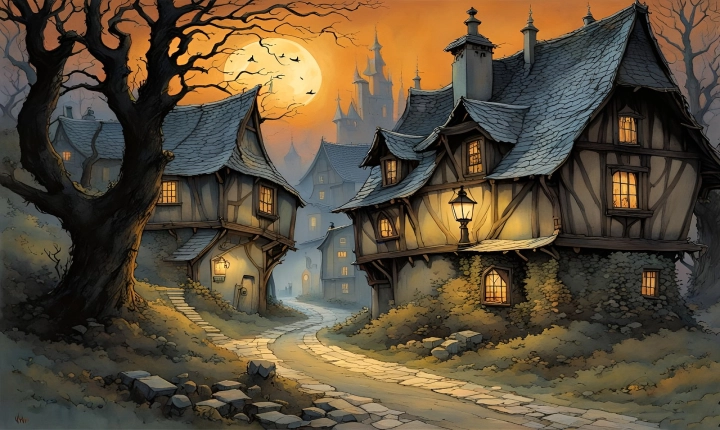Title: Understanding the Magic Behind AI Video Generation
Artificial Intelligence (AI) has been revolutionizing various industries, and one of its most captivating applications is video generation. The ability of AI to create realistic and compelling videos has captured the imagination of the world, but how does this technology work its magic?
At its core, AI video generation involves the use of deep learning algorithms and neural networks to generate and manipulate visual content. This process can be broken down into several key components, each playing a crucial role in the generation of realistic and lifelike videos.
The first step in AI video generation is data collection and training. Large datasets of videos are gathered and used to train the AI model. These videos cover a wide range of subjects and scenarios, providing the AI with a diverse set of visual information to learn from. The AI model learns to identify patterns, objects, and movements within the videos, enabling it to understand the elements that make up a realistic video.
Once the AI model has been trained, the next step is video synthesis. This process involves the generation of new video content by the AI model. The model can be given a set of parameters or constraints, such as the desired style or subject matter of the video, and it uses this information to create a new video from scratch. The AI model can manipulate visual elements, alter scenes, and generate new content based on its learned knowledge of video patterns and structures.
One of the key technologies that enable AI video generation is Generative Adversarial Networks (GANs). GANs consist of two neural networks, a generator and a discriminator, which work together to create realistic content. The generator creates new video content, while the discriminator evaluates the generated content against real videos, providing feedback to the generator to improve the realism of the generated videos. This adversarial process results in the creation of highly realistic and believable videos.
Another important technique in AI video generation is style transfer. This involves applying the visual style of one video to another, creating a new video that combines elements from both sources. Style transfer allows AI to create visually stunning videos that combine the characteristics of different videos, resulting in a unique and captivating visual experience.
Furthermore, AI video generation can be used for a wide range of applications, including video production, special effects, virtual reality, and more. This technology has the potential to revolutionize the entertainment industry, enabling the creation of immersive and interactive visual experiences.
In conclusion, AI video generation is a complex and fascinating technology that leverages deep learning algorithms, neural networks, and advanced techniques such as GANs and style transfer to create realistic and visually stunning videos. As the technology continues to advance, we can expect to see even more innovative and groundbreaking applications of AI video generation in the future.
